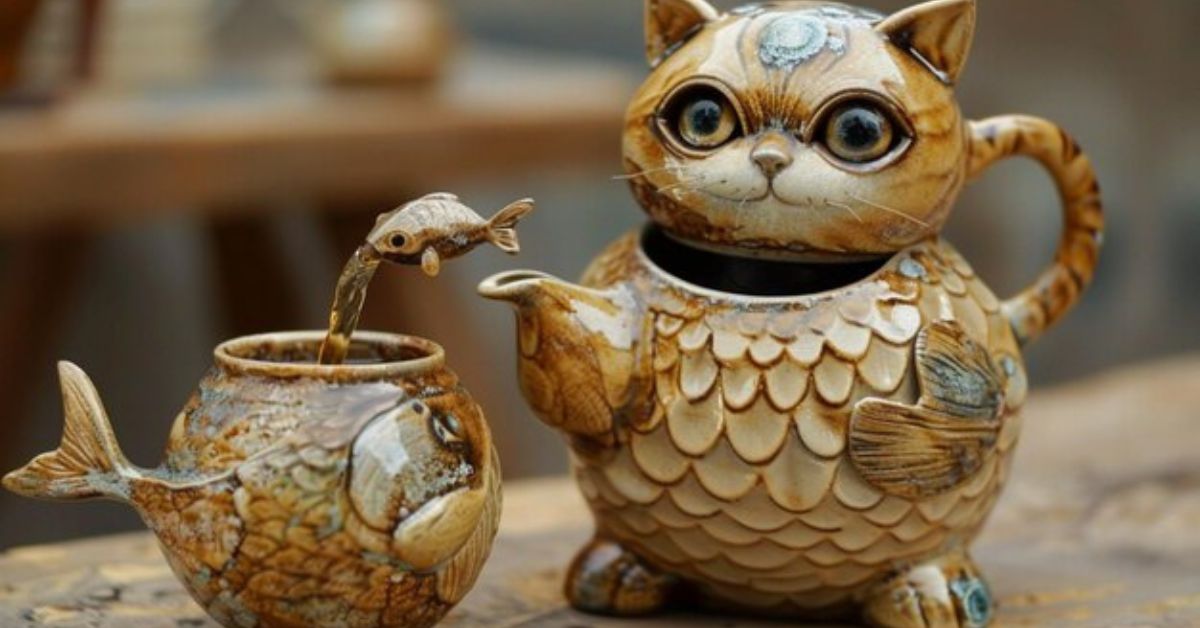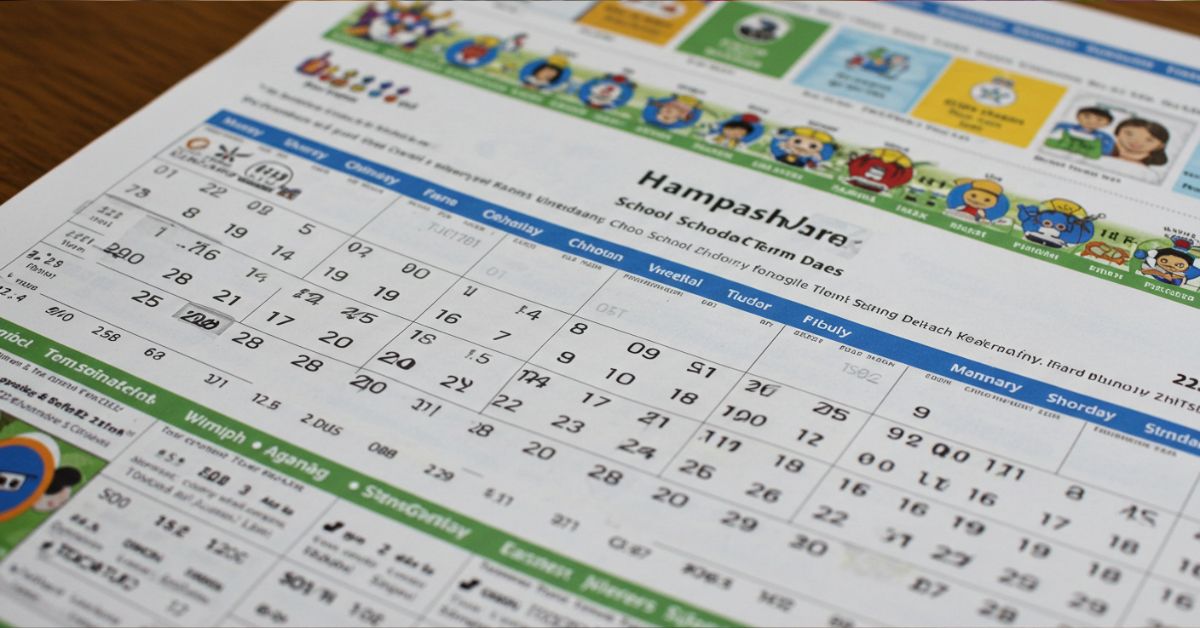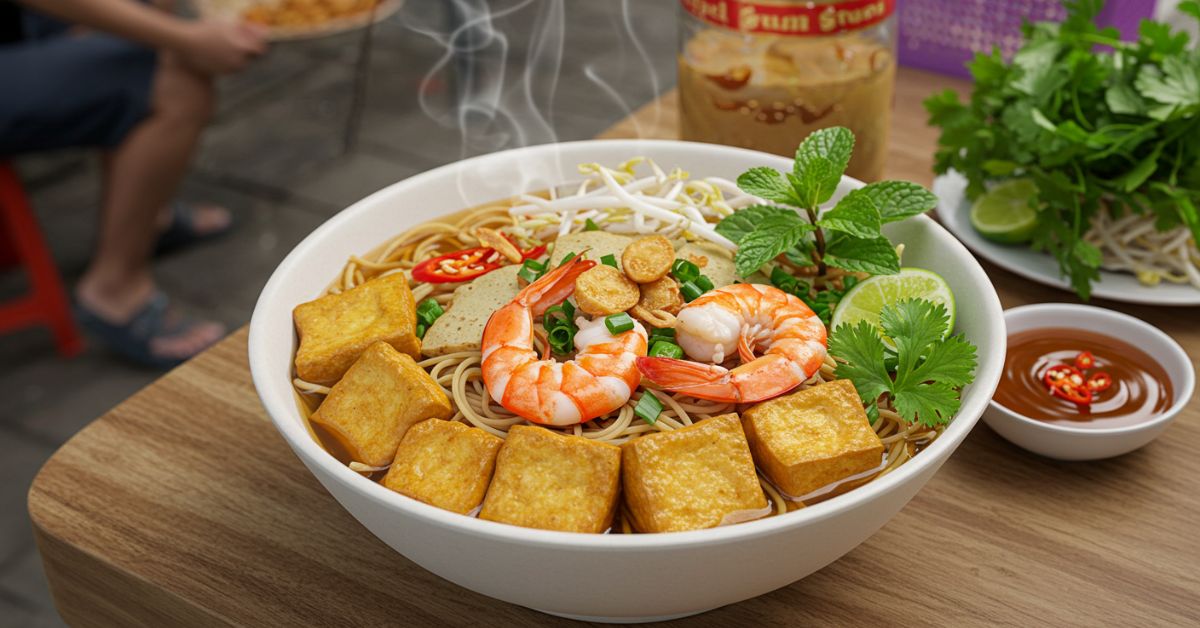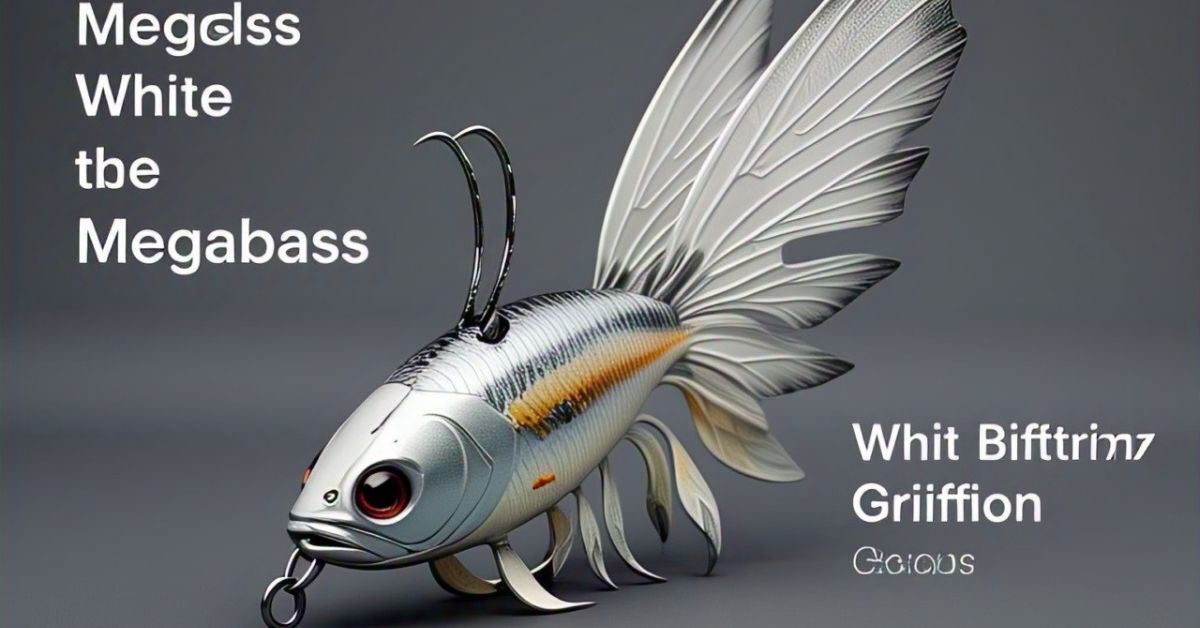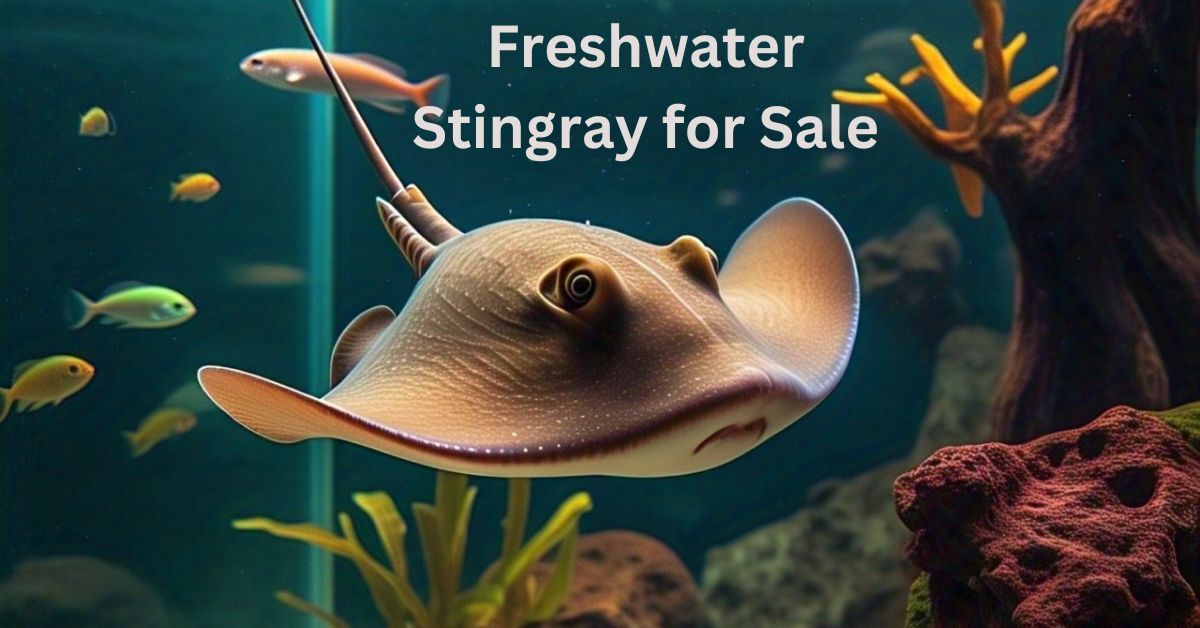In addition to its many flavors, tea has long been valued for the customs surrounding its preparation and consumption. Tea has a special position in many cultures around the world, whether it is the elegant art of tea ceremonies in Japan or the informal afternoon tea in the UK. The existence of “tea pets” a charming and symbolic component that enhances the tea-drinking experience is one of the most fascinating facets of tea culture in China.
You may be wondering what tea pets are, why people use them, and how they may improve your tea rituals if you’re new to the idea. The history, symbolism, varieties, and ways in which tea pets improve the tea experience will all be covered in this article. We’ll also examine the reasons for the popularity of these adorable ceramic animals in tea lovers’ homes throughout the world.
Tea Pets: What Are They?
During a tea ceremony, tea pets are little, ornamental ceramic figures that are set out on the tea tray or tea table. In Chinese tea culture, they have long been utilized, especially in gongfu tea rituals, which emphasize the skill of carefully and precisely brewing tea. Translating literally to “tea companion” or “tea mascot,” the word “tea pet” refers to these sculptures, which are symbolic companions for tea drinkers.
For a distinctive, individualized touch, many tea pets are hand-painted and carved from clay or porcelain. Depending on the artist’s imagination and the figure’s meaning, the figures may depict a variety of animals, legendary creatures, or even human-like shapes. Although they have useful functions as well, tea pets are primarily decorative things in contrast to the utilitarian elements on a tea table, such as teapots, strainers, and teacups.
Why Make Use of Tea Pets?
There are several uses for tea pets in the tea-drinking custom. Tea lovers preserve them for the reasons listed below:
1. Aesthetic Appeal: Tea pets provide the tea ceremony a whimsical and beautiful touch. They are a focal point during tea preparation because of their elaborate designs and meticulous attention to detail.
2. Symbolism: A lot of tea pets have symbolic designs that stand for attributes like protection, wisdom, or good fortune. They are thought to bring the tea drinker good fortune.
3. Interactive Aspect: As a symbol of devotion and respect, boiling water is frequently poured over tea pets during a gongfu tea ceremony. By doing this, the figurines are supposed to “activate” and improve the tea experience.
4. Spiritual Bond: According to some tea drinkers, tea pets foster a spiritual connection between the tea and the user. The process of tending to the tea pet and engaging with it throughout The ritual encourages awareness and a closer bond with the present.
The Origins and History of Tea Pets
Though their popularity peaked during the Song Dynasty (960–1279 AD), when tea drinking and tea culture became more prominent, tea pets have been around since the Tang Dynasty (618–907 AD). Tea drinking was regarded as an art form during this period, and the finest tea leaves, teapots, and tea cups were meticulously chosen.
The first tea pets were straightforward, useful items, frequently crafted from clay. These early tea pets were used to check the temperature of tea water in addition to being decorative items. Tea drinkers might check whether the water was suitable for making delicate teas, such white or green tea, by sprinkling hot water over the tea pet. Tea pets evolved over time to become more ornamental and symbolic, with craftspeople creating elaborate patterns for tea enthusiasts and collectors.
Tea Pets in the Present Era
Although tea pets first appeared in China, their popularity has expanded globally, particularly among gongfu tea connoisseurs. The demand for tea pets has increased recently as a result of the increased interest in Chinese tea culture and customs around the world.
These days, tea pets come in a variety of sizes, shapes, and materials. Having a tea pet enhances your tea rituals with a feeling of tradition, beauty, and attentiveness, regardless of your level of experience with tea or your level of interest in tea ceremonies.
Typical Tea Pet Types
There are numerous varieties of tea pets, each with its own beauty and symbolic meaning. These are a few of the most prevalent kinds:
1. Tea Pets for Animals
Animal figurines are a popular choice for tea pets; frogs, dragons, turtles, and lions are among the most popular. In Chinese culture, these animals frequently have metaphorical implications. For instance:
• Dragon Tea Pets: In Chinese culture, the dragon represents strength, power, and good fortune. It is said that having a dragon tea pet will make the tea drinker prosperous and lucky.
• Turtle Tea Pets: Turtles stand for stability and longevity. They are linked to a long and tranquil life and are frequently viewed as protectors.
• Lion Tea Pets: Lions are thought to repel bad energy and are hence symbolic of protection. Your tea ceremonies may be protected by a lion tea pet.
2. Legendary Animals
Moreover, tea pets can be legendary animals like phoenixes or qilins, which are Chinese unicorn-like figures. These animals are frequently picked because of their spiritual value. For example, the qilin signifies good fortune and auspicious beginnings, while the phoenix represents rebirth, metamorphosis, and tenacity.
3. Human Forms
Some tea’s pets are human-like figurines that frequently represent legendary or ancient sages. Usually, the purpose of these tea’s pets is to promote attributes that are connected to tea rituals, such as knowledge, patience, and harmony.
4. Characters that are whimsical and fantastical
Modern tea manufacturers occasionally design more humorous or imaginative characters, such cats, dragons riding bicycles, or even folklore figures, in addition to classic animals and mythical creatures. These modern designs appeal to newer generations of tea drinkers and give the tea ritual a lighthearted, enjoyable touch.
Tea Pets’ Function in the Gongfu Tea Ceremony
China is the birthplace of the highly ritualized gongfu tea ceremony, a tea-brewing technique. In order for tea lovers to fully experience the depth of flavor and scent from the leaves, it concentrates on brewing little amounts of tea several times. In this ceremony, tea pets serve as both interactive companions and beautiful objects.
Hot water is frequently poured over the tea pet during the ceremony as part of the “washing” procedure. Rinsing the tea leaves and preparing the tea equipment are done with the first pour of water in gongfu tea. The tea pet is also given respectful treatment during this period, and the hot water is permitted to run over the figurine. According to some tea drinkers, doing this bestows blessings on the tea pet, giving it good vibes that can improve the tea-drinking experience.
Why “Activating” Tea Pets Is Important
In order to “wake them up” and enable them to absorb the essence of the tea, tea’s pets are traditionally activated by being submerged in hot water. The tea pet’s color will gradually darken, indicating that it has “grown” alongside the tea drinker and taken in the energy of the tea ritual. Like the tea itself, tea pets get more sophisticated and significant with each use, which is part of their appeal and attraction.
How to Take Good Care of Your Pet Tea
Despite being very low-maintenance, tea’s pets still need some attention to maintain their lifespan. The following advice will help you take good care of your tea pet:
1. Keep It Clean: Rinse your tea pet with warm water after every tea ceremony. Steer clear of aggressive detergents since they may harm the figurine’s finish.
2. Let It Dry: Let your tea pet air dry on its own after washing. To expedite the drying process, keep it out of direct sunshine and don’t use artificial heat sources.
3. Honor Its Ritual: Tea’s pets should be handled with respect as they are a component of the tea ceremony. Gently pour hot water over them, making sure the water is always the right temperature to prevent breaking the figurine.
Comparison Chart: Tea Pets vs. Other Tea Accessories
| Feature | Tea Pets | Teacups | Teapots |
| Primary Purpose | Decorative, symbolic, interactive | Drinking vessel for tea | Brewing vessel for tea |
| Cultural Significance | Represents luck, wisdom, and protection | Part of tea-drinking ritual | Essential for brewing tea |
| Materials | Clay, porcelain, ceramic | Porcelain, glass, clay | Porcelain, clay, glass |
| Functionality | Mostly decorative and symbolic | Holds tea for drinking | Steeps tea leaves, holds hot water |
| Symbolism | Strong symbolic meanings (e.g., luck, longevity) | Minimal symbolism | Symbolizes tea preparation and sharing |
Conclusion
Tea pets are more than just adorable ceramic figurines; they are a part of a rich cultural heritage and give the tea ceremony a meaningful, participatory element. Including a tea pet in your routines can improve the experience and strengthen your bond with the tea, regardless of how experienced you are with it or how new you are to it.
From their historical origins in Chinese tea culture to their increasing appeal among tea lovers worldwide, tea’s pets never cease to enthrall with their beauty and meaning. A tea pet is a fun way to enrich the art of tea drinking, so think about including one in your setup the next time you brew your favorite tea.

